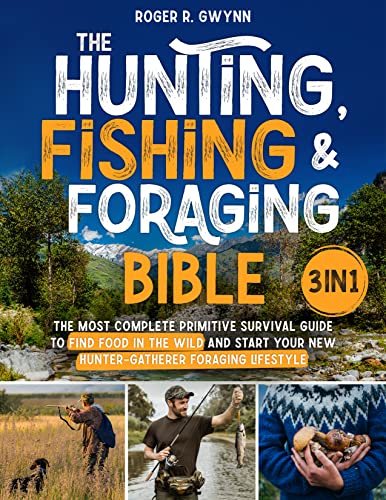So, have you ever wondered why animals spend so much time foraging for food? It’s not like they have grocery stores or restaurants to rely on, right? Well, let me break it down for you. Foraging is an essential behavior for animals to survive and thrive in their natural habitats. It’s all about finding and obtaining food resources to meet their energy and nutritional needs.
Animals have evolved various strategies and adaptations to excel in the art of foraging. Some species are generalists, meaning they have a wide diet and can eat a variety of food sources. Others are specialists, focusing on a particular type of food that they have become highly adapted to exploiting. It’s fascinating to see how different animals have unique feeding behaviors and techniques, from birds using tools to extract insects from tree bark to dolphins herding fish with synchronized movements. In our upcoming article, you’ll learn more about the fascinating world of animal foraging and the intricate relationships between predators and prey. So, stay tuned to uncover the secrets of the animal kingdom’s quest for sustenance!
And Foraging
You may have heard the term “foraging” before, but what exactly does it mean? In simple terms, foraging refers to the act of searching for and collecting food from the wild. It is a practice that has been ingrained in human history since the beginning, playing a vital role in our survival. As societies have evolved, so too has foraging, with modern techniques and tools being developed. In this article, we will explore the definition and historical background of foraging, its importance in early human survival, as well as its benefits for modern societies.
Definition of Foraging
Foraging can be defined as the act of searching for, collecting, and obtaining food resources from the natural environment. It encompasses various activities such as gathering edible plants, hunting animals, and fishing. Foragers rely on the abundance and diversity of the wild, utilizing their knowledge of the landscape and the resources it provides. This practice has been a fundamental part of human existence for tens of thousands of years, shaping our evolution and cultural development.
Historical Background of Foraging
To truly understand the importance of foraging, we must delve into its historical background. Early humans were nomadic hunter-gatherers, moving from one area to another in search of resources. Foraging was the primary means of sustenance during this time, as agriculture had yet to be developed. Our ancestors had to rely on their knowledge of the natural world to find edible plants, hunt animals, and fish. This intimate connection with the environment shaped their understanding of ecosystems and their place within them.
Importance of Foraging
Role of Foraging in Early Human Survival
Foraging played a critical role in the survival of early humans. It provided a consistent and diverse source of nutrition, ensuring their physical well-being. Unlike early agricultural practices, foragers relied on the natural abundance of the environment, adapting their diet according to the seasons and availability of resources. This constant interaction with the wild allowed for the exploration and discovery of new species, leading to the development of cultural traditions and knowledge passed down through generations.
Benefits of Foraging for Modern Societies
While most modern societies have transitioned away from a foraging lifestyle, there are still significant benefits to be gained from incorporating foraging practices into our lives. Foraging promotes a deeper connection to nature, fostering a sense of appreciation and respect for the environment. It allows individuals to engage in sustainable and ethical food practices, reducing their reliance on industrialized agriculture. Additionally, foraged food often contains higher levels of nutrients and flavors, offering a unique and rewarding culinary experience.
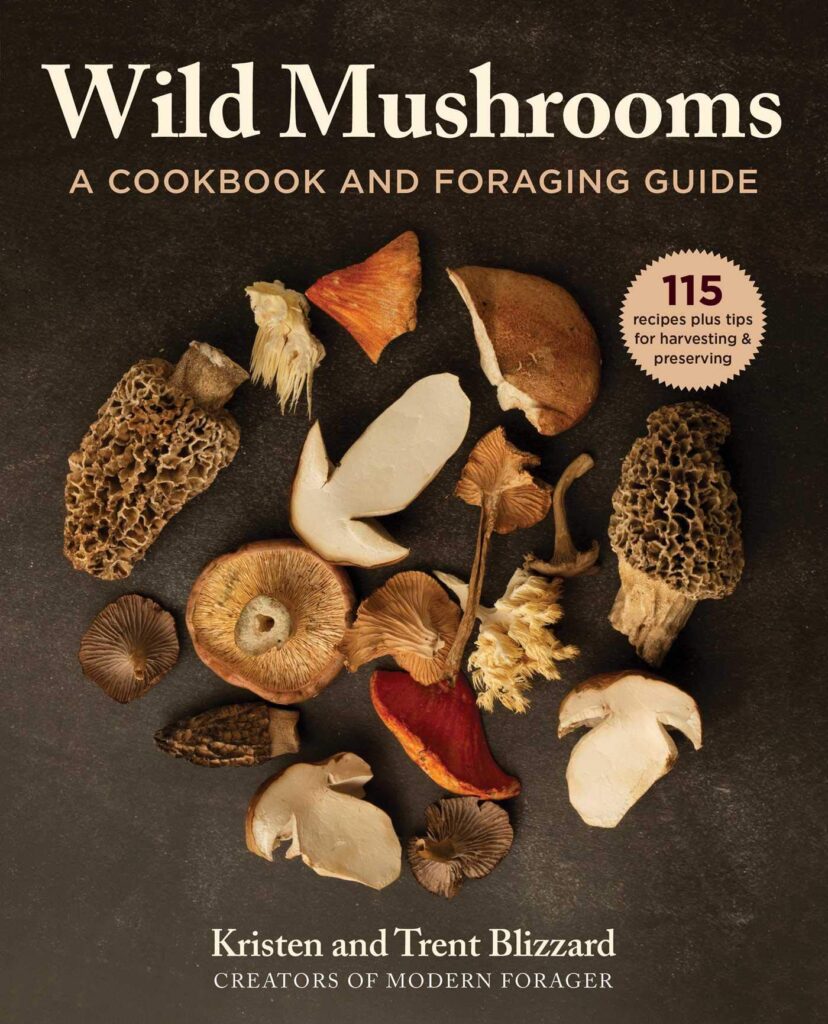
Foraging Techniques
Gathering Edible Plants
Gathering edible plants is one of the most common foraging techniques. Foragers must possess a keen eye for identifying plants, distinguishing between those that are safe to consume and those that can be toxic. Knowledge of the local flora and their characteristics is crucial in this process. Edible plants can be found in a variety of environments, including forests, meadows, and even urban areas. From berries and nuts to leafy greens and roots, there is a wide range of plant species that can be safely foraged for food.
Hunting and Fishing Techniques for Foraging
Hunting and fishing are other important techniques used in foraging. Early humans relied on these skills to catch animals for meat, fur, and other resources. Today, hunting and fishing continue to be practiced by some foragers, albeit in a more regulated and sustainable manner. Different tools and techniques are used depending on the environment and target species. From spearfishing in coastal regions to trapping game in forests, these skills require patience, knowledge of animal behavior, and respect for wildlife populations.
Foraging Tools
Traditional Tools Used for Foraging
Throughout history, foragers have relied on a variety of tools to aid in their search for food. These tools were often simple and made from natural materials found in the environment. Examples include digging sticks, spears, bows and arrows, fishing nets, and baskets. These tools were specifically designed to be lightweight, durable, and easy to use, allowing foragers to efficiently gather and transport their findings.
Modern Tools and Technology for Foraging
In modern times, foragers have access to a wide array of tools and technology that enhance their foraging experience. GPS devices, field guides, and smartphone apps can aid in plant identification and navigation. Portable water filters and lightweight camping equipment make it easier to stay hydrated and comfortable during foraging trips. However, it is important to strike a balance between utilizing modern tools and maintaining the spirit of foraging, which is to connect with nature and rely on one’s own skills and knowledge.
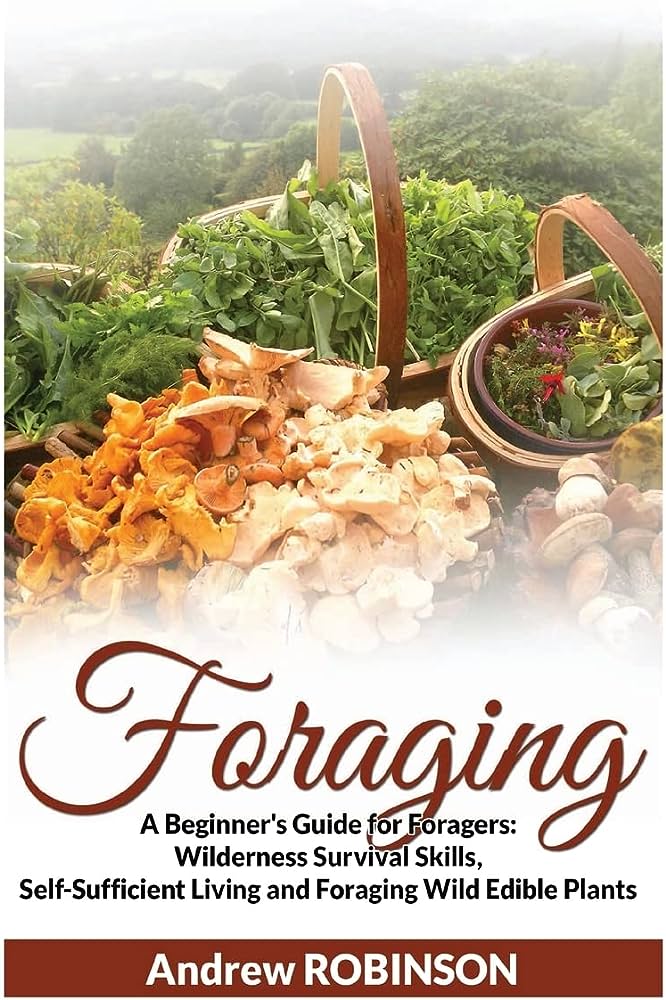
Foraging in Different Environments
Foraging in Forests
Forests are rich in resources and offer a diverse range of edible plants and game. Foragers in forested areas must be knowledgeable about the various tree species and the fruits, nuts, and fungi they produce. In addition, forest foraging requires an understanding of animal behavior and tracking skills, as many game animals can be found within these ecosystems. It is crucial to abide by local regulations and leave minimal impact on the environment to ensure the sustainability of foraging practices in forests.
Foraging in Deserts
Foraging in desert regions presents unique challenges due to the arid landscape and limited plant and animal diversity. However, there are still resources to be found in these seemingly inhospitable environments. Indigenous cultures have developed special knowledge and techniques in desert foraging, such as identifying edible cacti and locating water sources. Patience, resilience, and a deep understanding of desert ecology are essential for successful foraging in these areas.
Foraging in Coastal Regions
Coastal regions provide a wealth of resources for foragers, including seafood, seaweed, and edible coastal plants. Foragers in these areas must be aware of tides and seasons, as they can greatly affect the availability of resources. Shellfish, fish, and edible seaweed are commonly harvested in coastal regions. However, it is important to follow local regulations and ethical guidelines to ensure the preservation and sustainability of marine ecosystems.
Foraging and Sustainability
Impact of Foraging on Ecosystems
Foraging, when practiced sustainably, can have a positive impact on ecosystems. Foragers who respect the environment and its natural balance can help promote biodiversity by preserving habitats and supporting non-destructive harvesting practices. Foraging also encourages individuals to reconnect with nature and develop a deeper understanding and appreciation for the intricate web of life.
Importance of Sustainable Foraging Practices
The sustainability of foraging practices is vital in order to ensure the longevity of both the forager and the ecosystems they rely upon. By following ethical harvesting guidelines, respecting plant populations, and adhering to regulations, foragers can help protect and conserve the resources they depend on. This includes adopting a “leave no trace” approach when foraging, minimizing disturbance to plants and animals, and spreading awareness about sustainable foraging practices.

Ethics of Foraging
Respecting Private Property and Regulations
Foragers must always be mindful of private property and land ownership. It is essential to obtain permission from landowners before foraging on their property. Additionally, national parks, protected areas, and wildlife reserves have their own rules and regulations regarding foraging. It is crucial to familiarize oneself with local laws, permits, and restrictions to ensure responsible foraging practices and avoid damaging sensitive ecosystems.
Preserving Foraging Resources for Future Generations
Foragers have a responsibility to preserve the resources they rely on for future generations. This can be achieved by practicing sustainable harvesting methods, only taking what is necessary, and leaving enough for the plants and animals to regenerate. Sharing knowledge and experiences within foraging communities helps to ensure that traditional practices and wisdom are passed down and preserved, allowing for continued engagement with nature for years to come.
Edible Plants for Foraging
Common Edible Plants for Foragers
There are countless edible plants that can be safely foraged by those with the right knowledge. Some common examples include dandelions, wild garlic, nettles, plantain, and elderberries. Each has its own unique flavor profile and culinary uses. Foraging for edible plants not only provides a sustainable food source but also offers a chance to discover new tastes and connect with the natural world.
Safety Guidelines for Identifying Edible Plants
It is crucial to exercise caution when foraging for edible plants, as some can be toxic or have look-alikes that are dangerous to consume. The identification of edible plants should always be done with the guidance of an experienced forager or with the help of reliable field guides and online resources. It is recommended to start with a small number of easily identifiable plants and gradually expand your knowledge as you become more familiar with the subject.
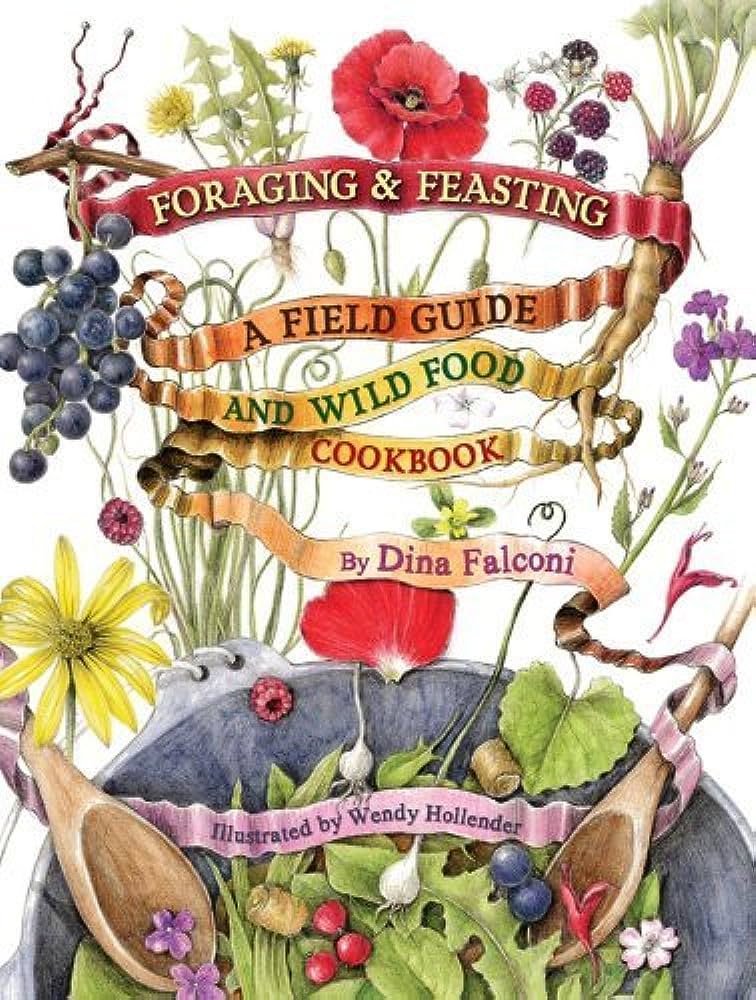
Foraging for Wild Mushrooms
Popular Wild Mushroom Species
Foraging for wild mushrooms is a popular activity among enthusiasts. However, it is essential to have a thorough understanding of mushroom species and their characteristics before embarking on such adventures. Some popular and safe-to-consume wild mushrooms include morels, chanterelles, porcini, and hen-of-the-woods. It is crucial to learn how to properly identify mushrooms and seek guidance from expert foragers to avoid the risk of consuming poisonous varieties.
Risks and Precautions in Mushroom Foraging
Mushroom foraging carries inherent risks due to the potential toxicity of certain species. To minimize these risks, it is important to follow safety precautions such as wearing protective gloves, using a knife to detach mushrooms from the ground, and avoiding consuming large quantities of unfamiliar species. It is strongly recommended to consult local mycologists or join mushroom foraging groups to enhance safety and knowledge.
Foraging for Wild Berries
Delicious Wild Berry Species
Foraging for wild berries is a delightful experience, as it often yields delicious and nutritious rewards. Blueberries, blackberries, raspberries, and strawberries are just a few examples of wild berry species that can be found in various environments. When foraging for wild berries, it is important to be mindful of poisonous look-alikes, distinguish ripe from unripe fruits, and leave enough for wildlife to sustain themselves.
Seasonal Considerations for Berry Foraging
The availability of wild berries varies according to the seasons. Timing plays a crucial role in successful berry foraging, as different species ripen at different times. Early summer is typically the prime season for berry foraging in many regions. However, it is important to research and observe local conditions to determine the optimal time for berry picking. Respect for wildlife and the environment should always guide our harvesting decisions.
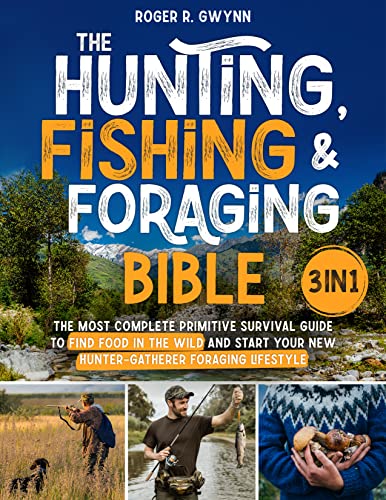
Foraging for Wild Game
Hunting Techniques for Wild Game
Foragers may choose to engage in hunting as a means of obtaining protein-rich food. When hunting for wild game, it is important to possess the necessary skills and knowledge to do so ethically and sustainably. This includes understanding animal behavior, practicing patience and stealth, and using appropriate hunting tools such as bows, arrows, or firearms. Respect for wildlife populations and compliance with hunting regulations are paramount to ensure the conservation of species and their habitats.
Sustainable Hunting Practices
Sustainable hunting practices are essential for the long-term conservation of wildlife populations. This includes adhering to bag limits, practicing selective harvesting, and avoiding hunting during breeding seasons. Supporting organizations that promote ethical and sustainable hunting practices, as well as engaging in ongoing education and awareness, can contribute to maintaining a healthy balance between humans and the natural environment.
Health Benefits of Foraging
Nutritional Advantages of Foraged Food
Foraged food is often regarded as being more nutritious than commercially produced alternatives. Wild plants and game tend to have higher levels of beneficial micronutrients such as vitamins and minerals. The diverse range of plants and animals available for foraging allows for a well-rounded and balanced diet. Furthermore, the act of foraging itself promotes physical activity and mental stimulation, contributing to overall health and well-being.
Physical and Mental Well-being through Foraging
In addition to the nutritional benefits, foraging can have a positive impact on physical and mental health. Spending time in nature, engaging in physical activity, and experiencing the thrill of discovering edible resources all contribute to a sense of well-being. Foraging can also be a meditative and calming activity, allowing individuals to escape the stresses of daily life and connect with the natural world.
Community Engagement in Foraging
Formation of Local Foraging Groups
Foragers often come together and form local groups or communities to share knowledge, experiences, and resources. These groups provide an opportunity for individuals to learn from one another, discover new foraging spots, and exchange tips and recipes. Local foraging communities also play a crucial role in the conservation and stewardship of the environment, advocating for sustainable practices and preserving traditional wisdom.
Sharing Knowledge and Experiences in Foraging Communities
One of the greatest benefits of participating in foraging communities is the opportunity to learn from experienced foragers and share knowledge with others. Stories, recipes, and techniques can be passed down through generations, ensuring the preservation of traditional practices. This sharing of knowledge fosters a sense of belonging and community, creating a supportive and inclusive environment for all who are passionate about foraging.
Conclusion
In conclusion, foraging is not just a primitive activity of the past; it is a practice that continues to hold significance in the present day. The act of foraging connects us to our ancestral roots, promoting a deeper understanding and appreciation of the natural world. Foraging allows us to engage with the environment in a sustainable and ethical manner, while also providing us with nutritious and flavorsome food. Whether you are gathering edible plants, hunting for game, or exploring the vast array of wild mushrooms and berries, foraging offers endless opportunities for discovery and a truly rewarding experience. So, why not venture out into the wild and embark on your own foraging journey? The rewards are bountiful, both for your connection with nature and your taste buds. Happy foraging!
